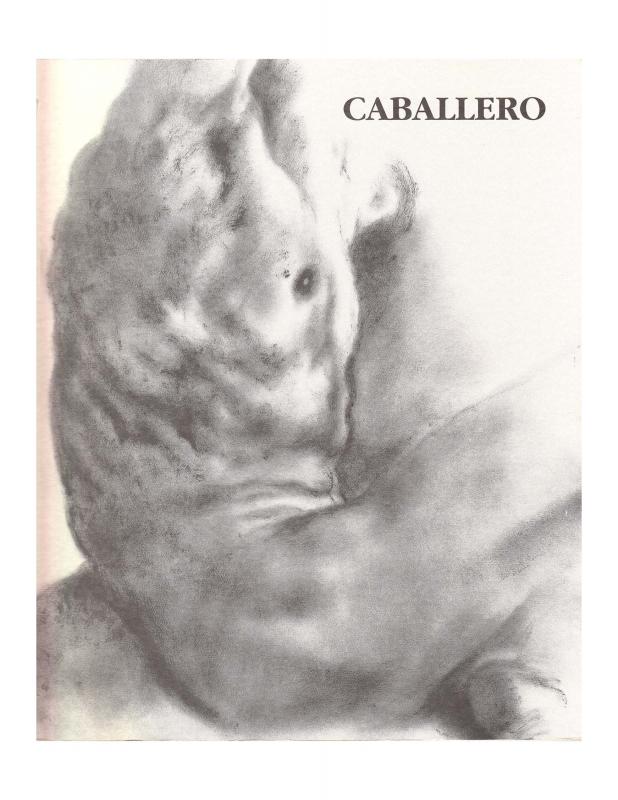This article discusses the work of the Colombian artist Luis Caballero from two different perspectives: one considers its common denominators; the other reviews its various phases ranging from his first solo show in Bogotá in 1966 to his mural at the Galería Garcés Velásquez (1990). Carolina Ponce de León mentions common denominators, such as the tense contradictions between the bodies that people Caballero’s works; his erotic and humanist explorations; his interest in religious, heroic, and historical painting; his search for “expressive, symbolic, experiential” images; and the affirmation of the artist’s individuality and intuition. Ponce de León divides Caballero’s career into four periods: the late 1960s in which his Cámara del Amor o Políptico [Chamber of Love or Políptico] played a leading role; the early 1970s when he produced his Pinturas anecdóticas [Anecdotal Paintings]; the mid-1970s when he embraced a greater “realism”; and the late 1980s. Within the parameters of each period, Ponce de León considers facets such as the relationship between figure and space, the artist’s treatment of the body, his sense of gesture and color, his emphasis on drawing and painting, the work’s relationship to art history, and his approach to eroticism, desire, and humanism. She refers to intellectuals, such as the French thinkers Roland Barthes and George Bataille, and Mexico’s Octavio Paz, and uses them as theoretical references as she develops her review.


